Prosanto Roy's Cubist Notes
Prosanto Roy's Cubist Notes
Prosanto Roy's Cubist Notes
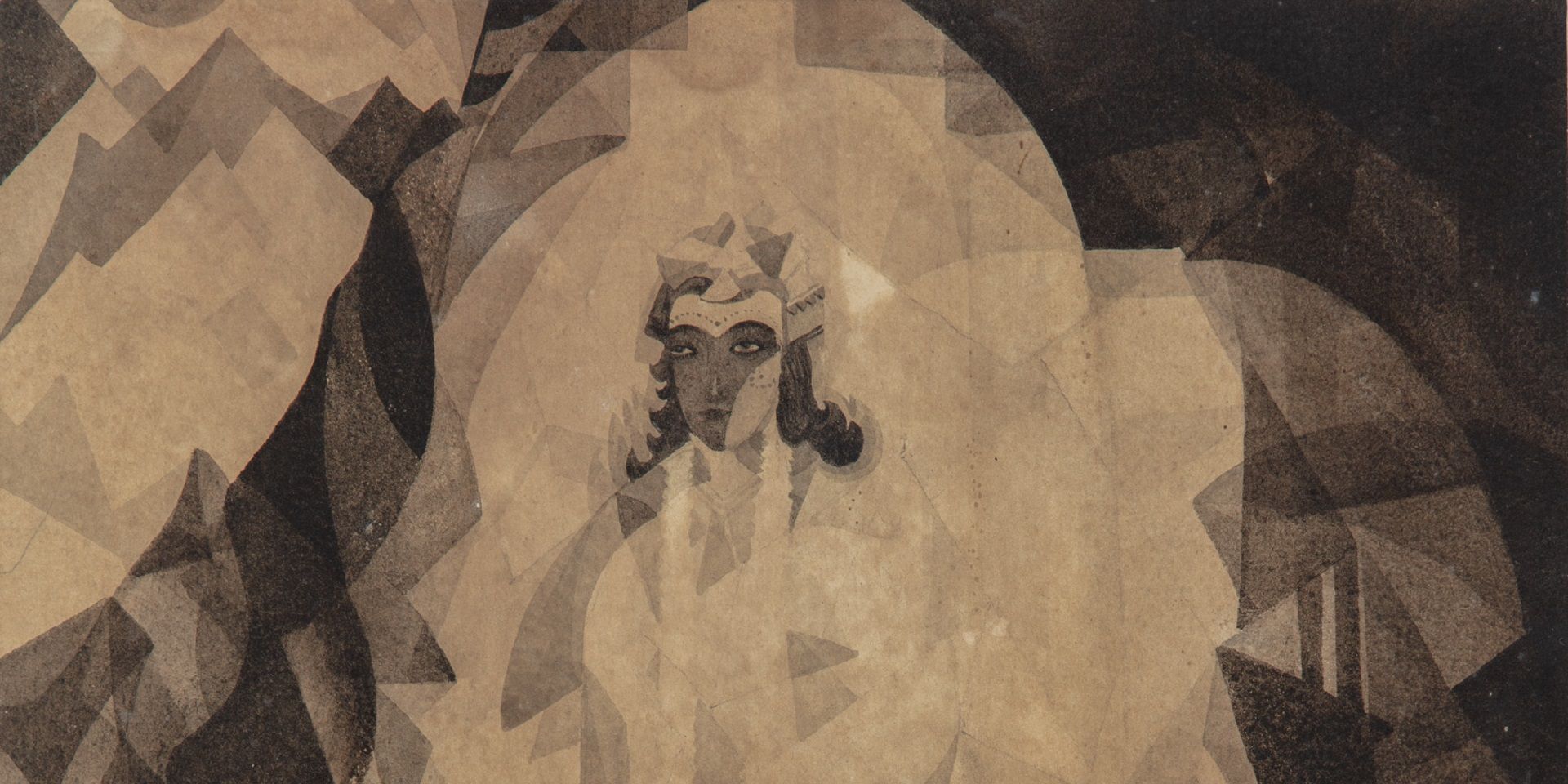
Prosanto Roy, Winter (detail), Watercolour on paper, 11.2 X 8.2 in. Collection: DAG
DAG's upcoming show Deconstructed Realms: India's Tryst with Cubism, features the works of an elusive master of light and shade who pushed cubist experimentation into productive dialogues with Indian cultural vocabularies.
Prosanto Roy (1908-1973) was a prominent Indian artist known for his unique blend of traditional and modern artistic styles. Born on April 25, 1908, he was brought up in the Burrabazar area of Calcutta (now Kolkata) in a family that was close to the Tagores and deeply immersed in the arts themselves, especially music and singing. Roy would grow up to be a telnted singer and entertainer as well, frequently joining in with the Tagores as they put up small plays and performances at Jorasanko.
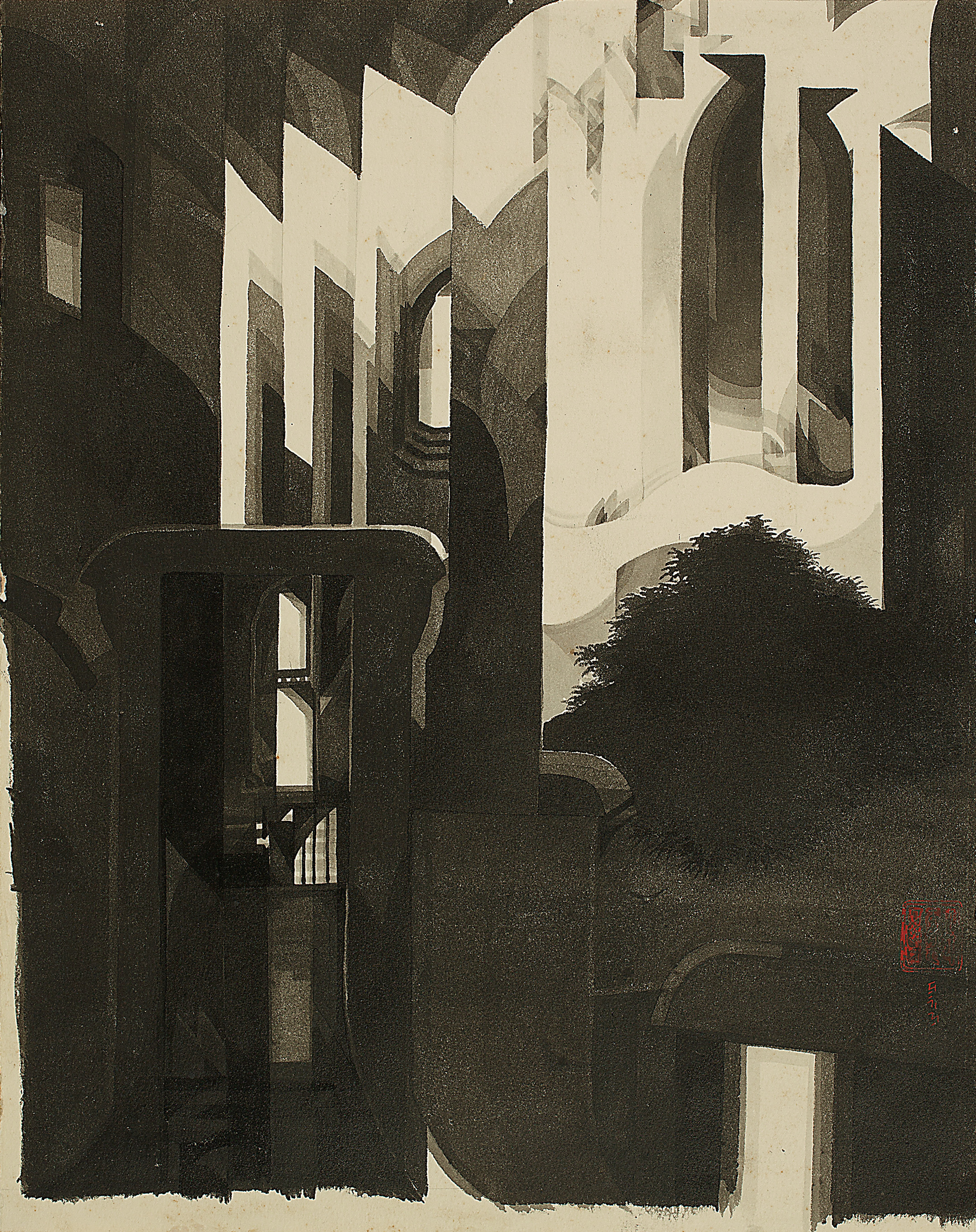
|
Prosanto Roy, Forsaken, Ink and watercolour on paper, 16.0 X 12.7 in. Collection: DAG |
He was taught the use of colours and painting techniques by a European art teacher at his school, St. Agnes'. Since he was raised as a member of the reformist Brahmo Samaj, some scholars like Soma Sen have suggested that Roy's early subjects tended not to include depictions of gods and goddesses. He was also deeply influenced by the cultural environment of Santiniketan, where he had joined the Patha Bhavan School in his early teens. He would spend most of his time observing the artist-students of Kala Bhavana and attracted the notice of Nandalal Bose and Asit Kumar Haldar, who, along with Gaganendranath Tagore, was one of the few Indian artists experimenting with the innovative language of cubism in India at the time.
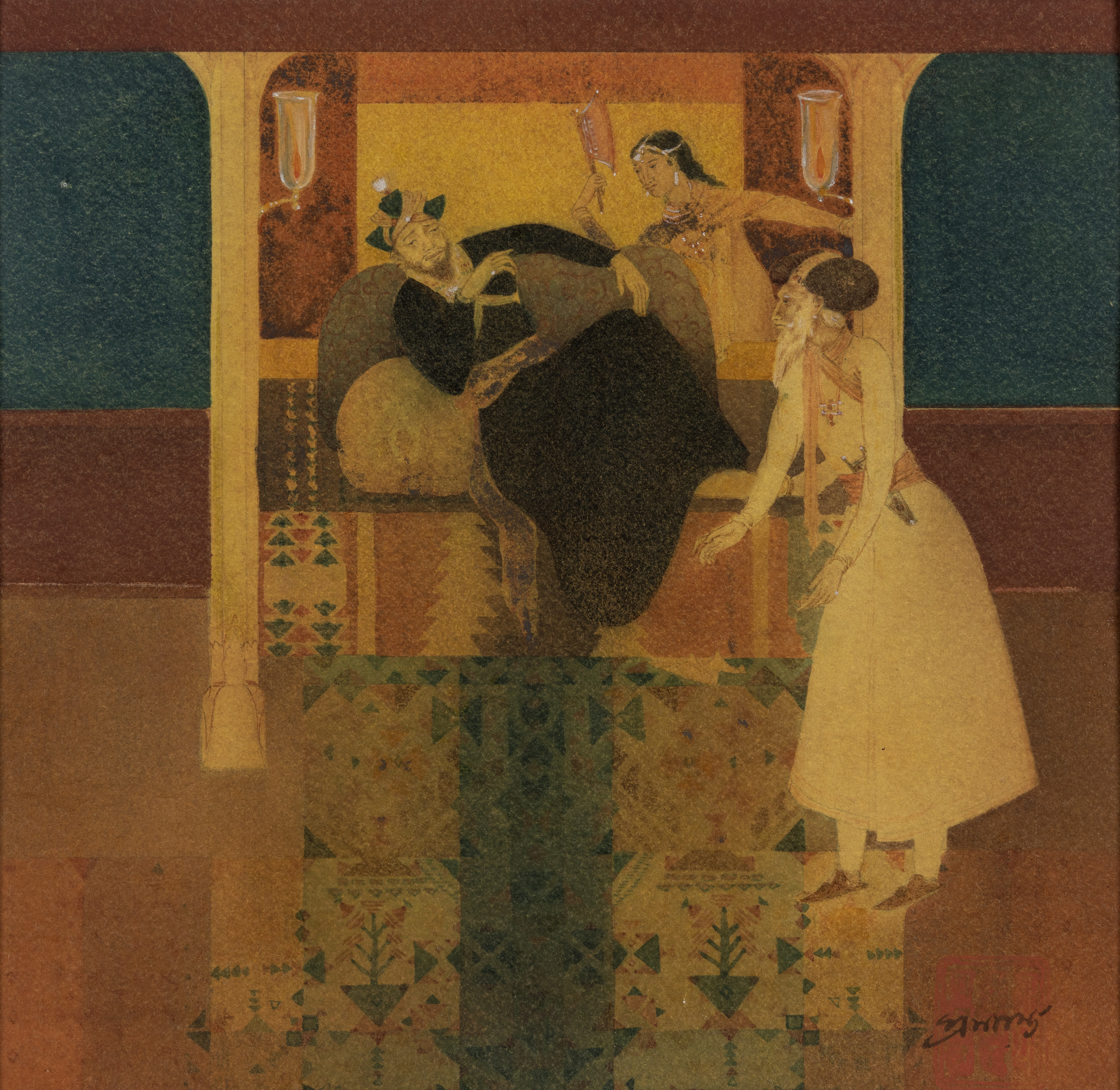
|
Prosanto Roy, Untitled, Watercolour wash on paper, 8.0 X 7.7 in. Collection: DAG |
By the years 1927-28, Roy had started taking lessons directly from Abanindranath Tagore, who was then working on his iconic Arabian Nights series. The writer and memoirist, Mohanlal Gangopadhyay notes Roy's close presence by Abanindranath's side, sometimes for hours on end, on the famous Southern verandhah studio of Jorasanko. Towards the end of his life, when Gaganendranath was ill, Roy and Mukul Dey would spend time with him, distracting the senior artist with stories. Having learned from Gaganendranath's cubist works, Roy would also incorporate his musical lessons into his personal interpretation of the famous movement, so that a work like 'Saptasur' (The Seventh Note), as Sen writes in Abanindra-parampara (The Abanindranath Lineage), would be harmonised according to the logic of seven musical notes. Along with learnign the art of painting, as suggested earlier, Roy would also be involved in stage design and acting out some of the wittier parts in the improvised jatra-performances conjured up by Abanindranath at their home.
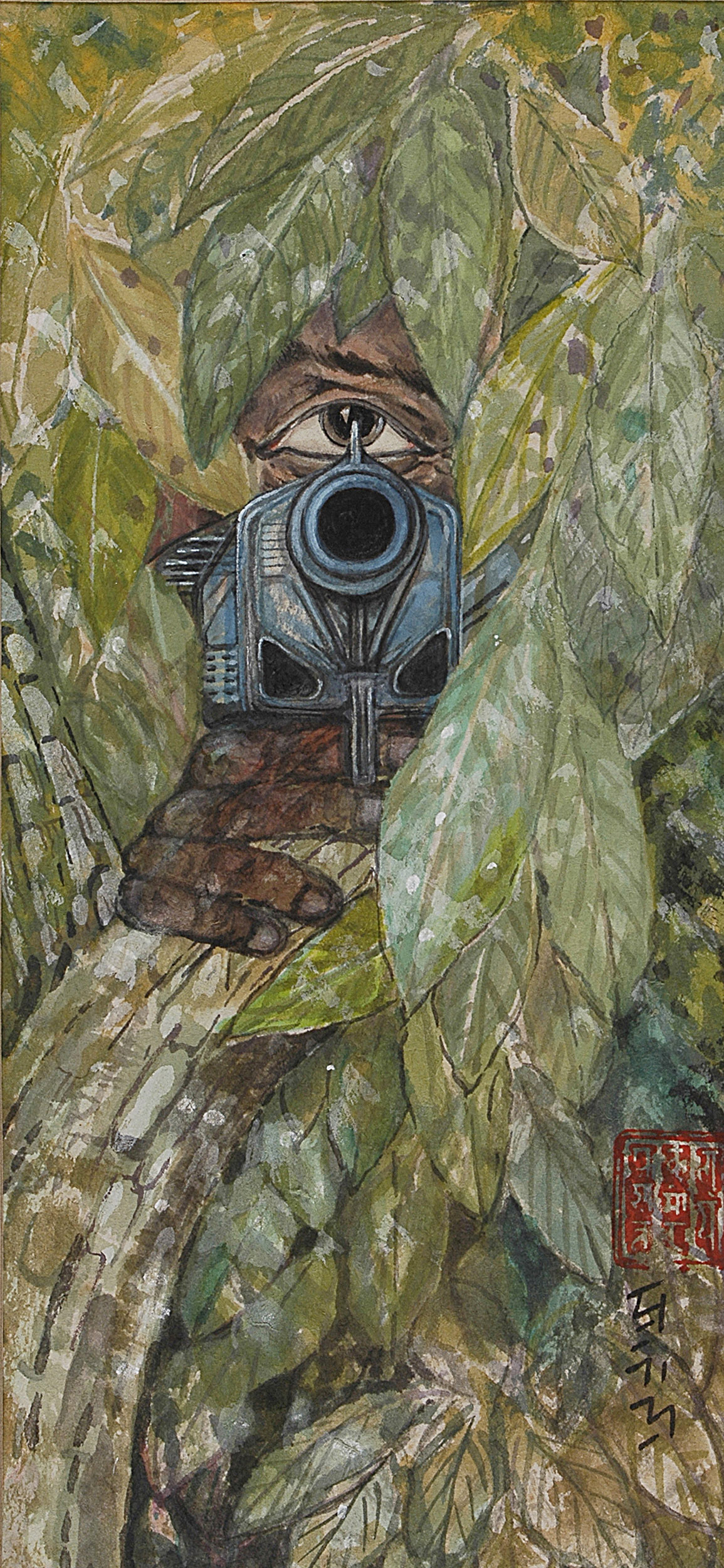
|
Prosanto Roy, Mukti joddha, Watercolour on paper, 11.0 x 5.0 in. Collection: DAG |
Although Roy knew he would always paint, he was made to take up a job with the Kolkata Municipal Corporation and his dhoti-clad figure riding about town on a BMW bike became a regular feature of the landscape, and would become a mainstay later at Santiniketan as well.
Roy became an exponent of the Bengal School style, characterised by delicate washes and a cubist influence. His works often depicted themes of nature (espeically in Santiniketan), old Calcutta, and mythical narratives, reflecting both personal and historical contexts, including responses to significant events like the Hiroshima bombing during World War II, or the Bangladesh Liberation War of 1971. His innovative use of watercolors allowed him to create intricate gradations and vibrant pictorial spaces, merging architectural details reminiscent of Indian miniature paintings with modern, fragmented techniques. Due to his experiments with planes of colour along with his use of materials like tea leaves for wash works, he inspired several protégés there. Later in life, he would also experiment with animation techniques and photography.
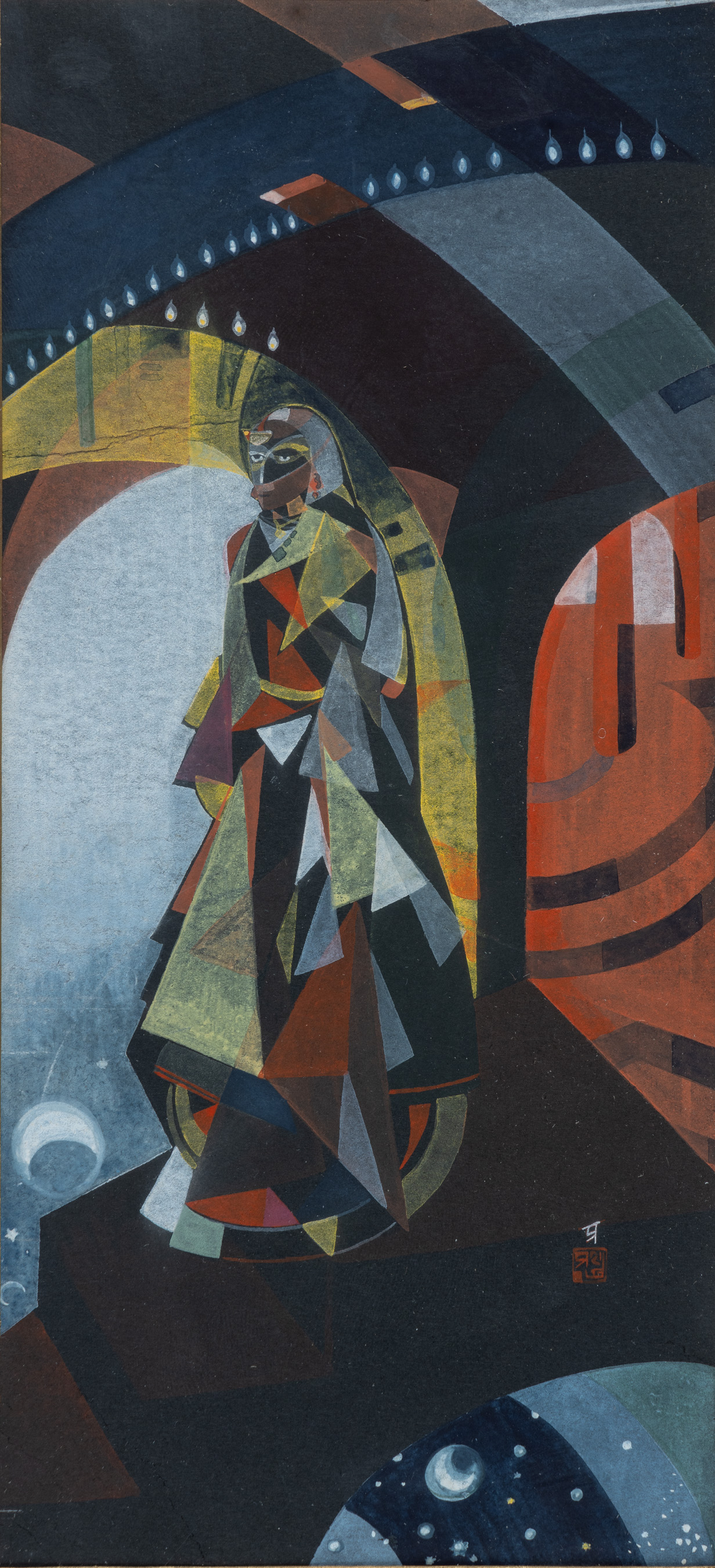
Prosanto Roy, Rani, 1936, Gouache and watercolour on cardboard, 10.7 X 4.7 in. Collection: DAG
In 1952, Roy was appointed curator of the Kala Bhavana Museum in Santiniketan, where he had been invited by Rathindranath Tagore, and contributed significantly to the institution until his death. Throughout his career, he held multiple solo exhibitions across India, including in New Delhi, Bombay, and Calcutta, with his last show occurring in 1971. Despite not achieving widespread recognition compared to some contemporaries, partly due to his own unwillingness to exhibit frequently or sell his works, Roy's work is celebrated for its distinctive approach and technical mastery.
His legacy continues to be appreciated in various prestigious collections, including those at the Academy of Fine Arts in Kolkata and the Birla Academy of Arts and Crafts. Roy's artistic philosophy emphasised a connection between art and science (some of his cubist works, like Winter expresses the logic of intersecting planes through crystallised frost), especially in the realms of music, movement and colour, showcasing an explorative spirit that remains influential in modern Indian art.

Prosanto Roy, Winter, Watercolour on paper, 11.2 X 8.2 in. Collection: DAG


